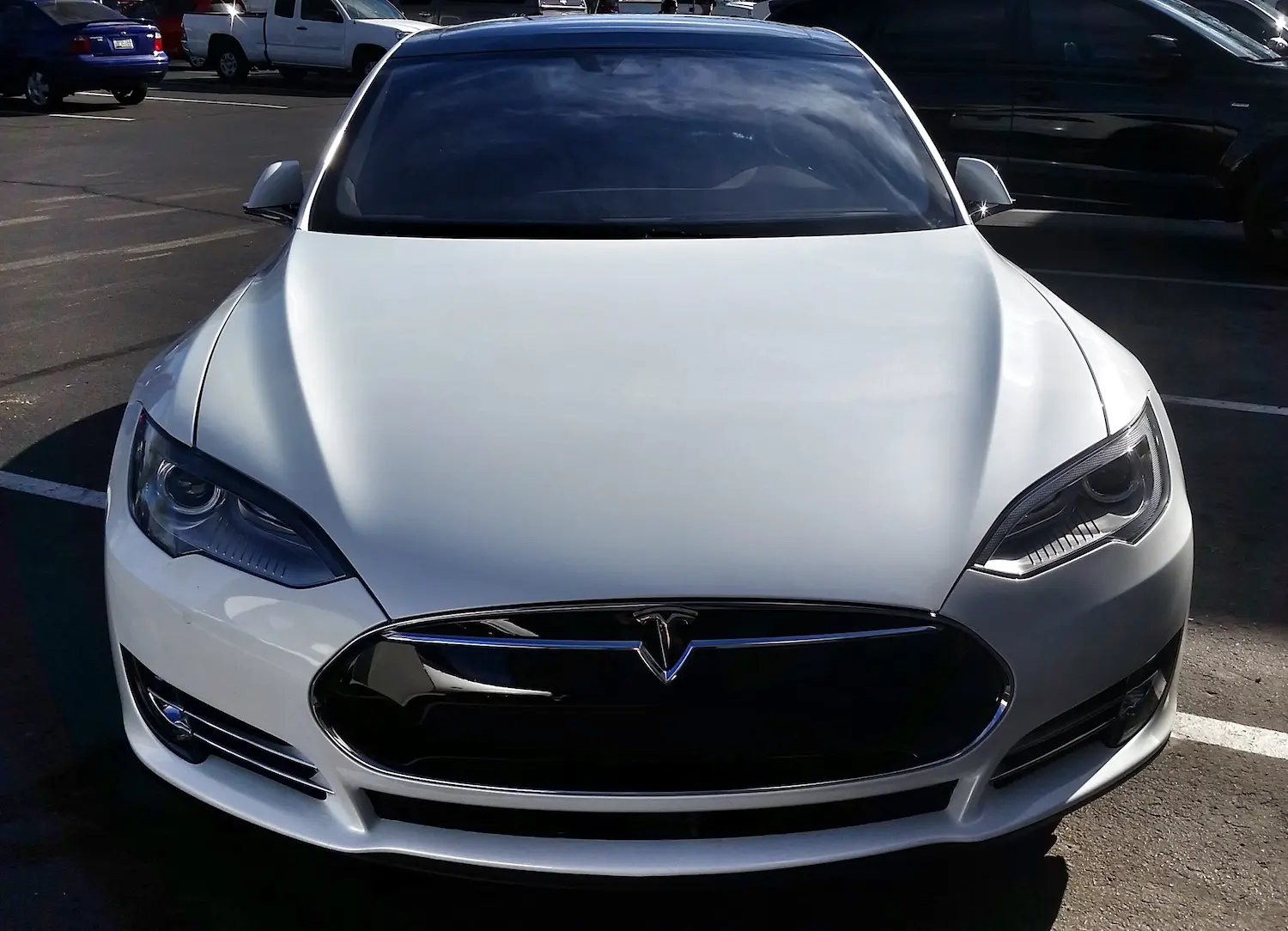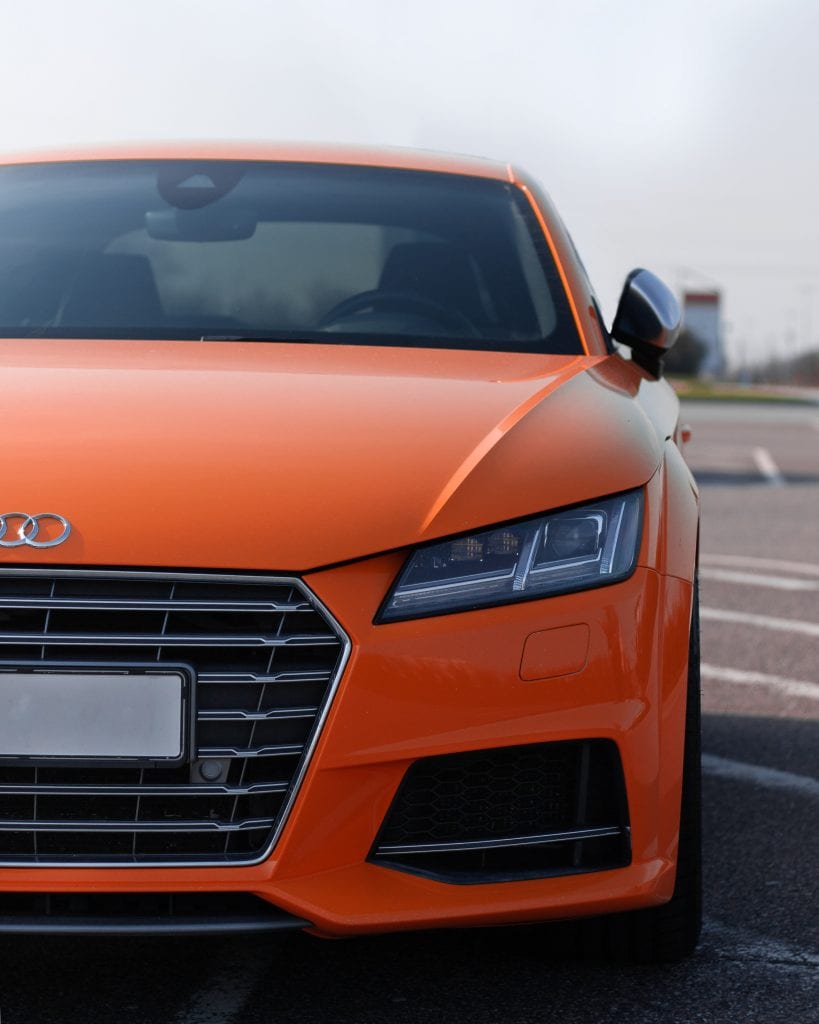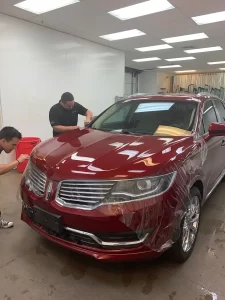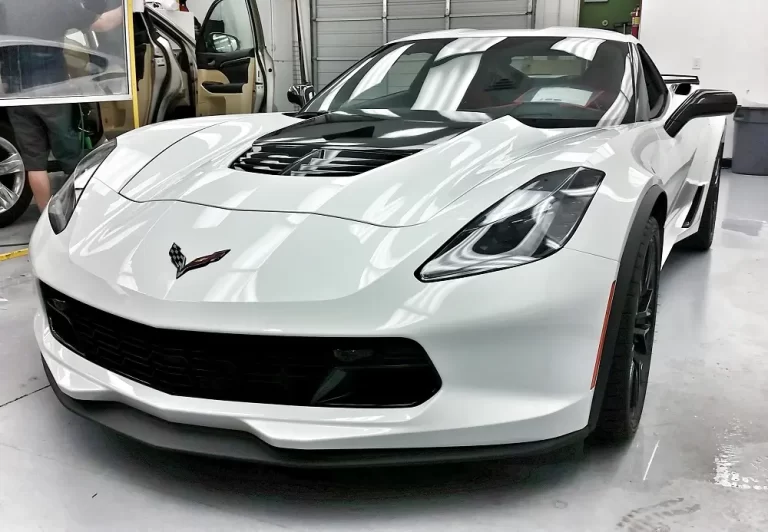How Do Window Tints Work? A Complete Guide to Their Functionality
Window tinting isn’t just about giving your car that sleek, celeb-style look—though it does look amazing. It’s a powerhouse of functionality that many car owners enjoy without fully understanding the science behind it. So, how does window tinting work? Let’s pull back the curtain (or, in this case, the tint) to uncover their magic.
At first glance, tinted windows may seem purely aesthetic, but they offer so much more. They block harmful UV rays, reduce interior heat, reduce glare from oncoming headlights, and even protect your car’s interior from fading. They act like high-tech sunglasses for your vehicle, combining style and performance.
Imagine sitting in rush-hour traffic under the blazing Arizona sun. Without window tinting film, the sun’s rays penetrate your vehicle’s glass, turning it into an oven. Quality tinting dramatically reduces the heat, making your drive much more comfortable while your air conditioning works less to keep you cool. And let’s not forget UV protection—tinted car windows can block up to 99% of harmful UV radiation, protecting you from skin cancer and preserving your car’s interior.
SmartFilm is here to help you experience these benefits firsthand. With expert installation and premium window tinting films, we ensure the perfect balance of functionality and style. Whether you’re after glare reduction, heat control, or that head-turning look, SmartFilm has you covered.
So, why settle for discomfort and potential damage when you can enjoy the perks of auto window tinting? Dive into the science behind these tiny laminate films and see why they’re a must-have for your ride. Visit SmartFilm today and give your car the ultimate protection it deserves.
The Science Behind Window Tinting: How It Works
Window tinting isn’t just about adding style to your car—it’s a practical upgrade with impressive functionality. But how does it work? The answer lies in the science behind window tinting films, designed to enhance driving comfort, protection, and efficiency. Let’s explore the details.
How Window Tints Are Made
The window tinting film is crafted from a clear polyester base, onto which a thin, even layer of tinting agents—such as dyes, metals, or a combination of both—is applied. These agents determine the film’s properties, such as its ability to block light, reduce heat, or provide UV protection. The result is a versatile laminate film that bonds to your car’s glass, offering multiple benefits without compromising visibility.
Window tinting works by selectively managing the light passing through your car’s windows. The film blocks harmful UV rays and reduces heat by filtering infrared radiation, allowing some visible light waves to pass through. The degree of this filtering depends on the tint level, typically expressed as a percentage of visible light transmission (VLT). For example, a 20% tint blocks 80% of visible light, offering a darker aesthetic and enhanced UV protection.
When applied to a car window, the tint film reflects or absorbs the sun’s rays, reducing solar gain—essentially, the heat generated when sunlight penetrates the vehicle’s glass. This process keeps the car’s interior cooler, protecting your seats and dashboard from fading while reducing the load on your air conditioning system.
Real-World Benefits of Window Tinting
Car window tinting offers more than a sleek, polished look—it’s a functional upgrade that enhances your driving experience while protecting you and your vehicle. Whether looking for UV protection, glare reduction, or a cooler interior, window tinting delivers many benefits beyond aesthetics.
1. UV Protection and Skin Safety
One of the most significant benefits of window tint film is its ability to block up to 99% of harmful UV rays. Prolonged exposure to these rays can lead to skin damage, premature aging, and even skin cancer. Tinted windows act as a shield, safeguarding you and your passengers from these invisible yet harmful rays.
2. Interior Heat Reduction
The sun’s rays can turn your car into an oven, especially in summer. Quality tinting reduces solar gain by reflecting infrared radiation, keeping your vehicle’s interior cool. This makes your ride more comfortable and lessens the burden on your air conditioning system, improving fuel efficiency.
3. Protection for Your Vehicle’s Interior
UV radiation and intense sunlight can cause your car’s interior—such as leather seats, dashboards, and upholstery—to fade, crack, or deteriorate over time. By blocking both UV rays and excessive heat, window tinting preserves the integrity and appearance of your vehicle’s interior, enhancing its long-term value.
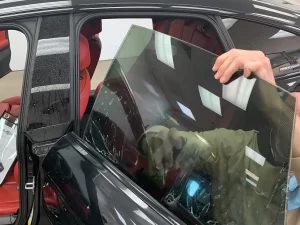
4. Glare Reduction for Safer Driving
Blinding sunlight or glare from oncoming headlights can make driving hazardous. Window film reduces glare, visibility, and eye strain, so you can drive safely in all conditions.
5. Enhanced Privacy and Security
Darkened windows offer an extra layer of privacy, concealing valuables left in your car and protecting you from prying eyes. This added security can give you peace of mind, whether parked in a busy lot or cruising around town.
6. Aesthetic Appeal
Let’s not forget the purely aesthetic benefits of tinted car windows. They give your vehicle a sophisticated, sleek appearance, much like celeb-style sunglasses for your car.
At SmartFilm, we specialize in professional car window tinting that combines style and functionality. Our premium window films are expertly installed to block UV rays, reduce interior heat, and protect your car’s interior while enhancing its look.
Upgrade your car with tinted windows today and enjoy a cooler, safer, and more stylish ride.
Clearing Common Misconceptions About Car Window Tinting
Myths and misconceptions abound about car window tinting. Let’s set the record straight and highlight why window tint films are a practical and stylish upgrade for your vehicle.
Myth #1: Tinted Windows Make Night Driving Impossible
Many believe that window tinting makes night driving difficult due to reduced visibility. The truth? Window tint films come in various levels of darkness, allowing you to choose the perfect balance between privacy and visibility. Unlike sunglasses, which impair vision in low light, high-quality window tint is engineered to reduce glare from oncoming headlights or streetlights without compromising your ability to drive safely at night.
Myth #2: Tinting Films Are Applied on the Outer Glass
Another common misconception is that tint films are bonded to the exterior of the car’s glass. In reality, professional tinting is always applied to the inner surface of the windows. This protects the film from damage caused by flying debris and weather and ensures a longer lifespan for the tint.
Why Professional Tinting Is Worth It
- Enhanced Comfort: Tinting helps block harmful UV rays and reduces interior heat, keeping your car cooler.
- Improved Safety: Minimized glare enhances driving visibility during the day and night.
- Durability: Applied to the inner surface, tint films stay protected and last longer.
Contact Us
Smartfilm provides expert window tinting and paint protection services throughout Mesa, Tempe, Gilbert, and Arizona metro area. Let us help you keep your car cooler, protect your loved ones from UV rays, and maintain your vehicle’s pristine condition. Contact us today to discuss your tinting needs!
